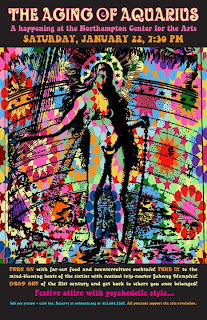Several days later, I got the skinny over the phone from naturalist Ted Watt at Amherst, Massachusetts’ Hitchcock Center for the Environment, which adjoins the wooded area behind my house. After quizzing me with a couple of his own diagnostic hoot impressions, Ted identified the birds as Great Horned Owls. January and February, he noted, is their time to nest, so I had been an aural voyeur to a mating ritual. Ted had never heard the simultaneous tonic-dominant interval himself and suggested that I try to record it. A small tape player now sits next to the water pick in my bathroom.
My Own Private Messiaen. My epiphany brought to mind the avian obsessions of the great French composer Olivier Messiaen (1908-1992). A devout Catholic mystic and tireless amateur ornithologist, Messiaen visited bird habitats on at least four continents and jotted down the note patterns of bird songs and bird conversations for over 100 species. (Bartok, who wrote down folk music in the field in European and Northern African villages, did analogous work with Homo sapiens.)
Avian inspiration is conspicuous in many of Messiaen’s greatest works. His most popular opus, Quartet for the End of Time, (1940-41) offers a 7+ minute clarinet soliloquy that explores a bevy of avian activities. (see the video performance at the bottom of this post.) His extended work for solo piano, Catalog l’oiseaux, (1956-58) musically paints the personalities of 13 species, including the tawny owl (La chouette hulotte), portrayed by Messiaen with considerable left hand gravitas, yielding occasionally to upwardly mobile clusters that suggest enchantments of a starry night. (Messiaen’s pianist-wife and collaborator, Yvonne, introduced the Catalog and many other Messiaen piano works to the public. Her surname, Loriod, received proper homage in the Catalog via a musical tribute to le loriot, the golden oriole.)
Messiaen’s lavishly orchestrated Des Canyons aux Etoiles (1971-1974) depicted the U.S. western desert, and Utah's Bryce Canyon and nearby Zion National Park. The musical excursion explored geology, the night sky, and, of course, avifauna. The VIB’s included orioles, robins, mocking birds, and several smuggled-in Hawaiian birds that the composer had encountered in the Pacific. And in what many consider to be Messiaen’s culminating masterwork—Saint Francis of Assisi (1975-1983), (for spirituality it rivals any mass that I know of), the composer devoted an extended final scene in Act II to the saint’s ravishing Sermon to the Birds. For Messiaen, birdliness was next to godliness. Take it from Saint Francis and Messiaen in the passage below:
Brother birds in all times and places, praise your creator. He gave you the freedom of flying. . . He made you a present of the air, the clouds, the sky. . . He allowed you to sing so marvelously that you speak without words, like the speech of the angels, by music alone.















